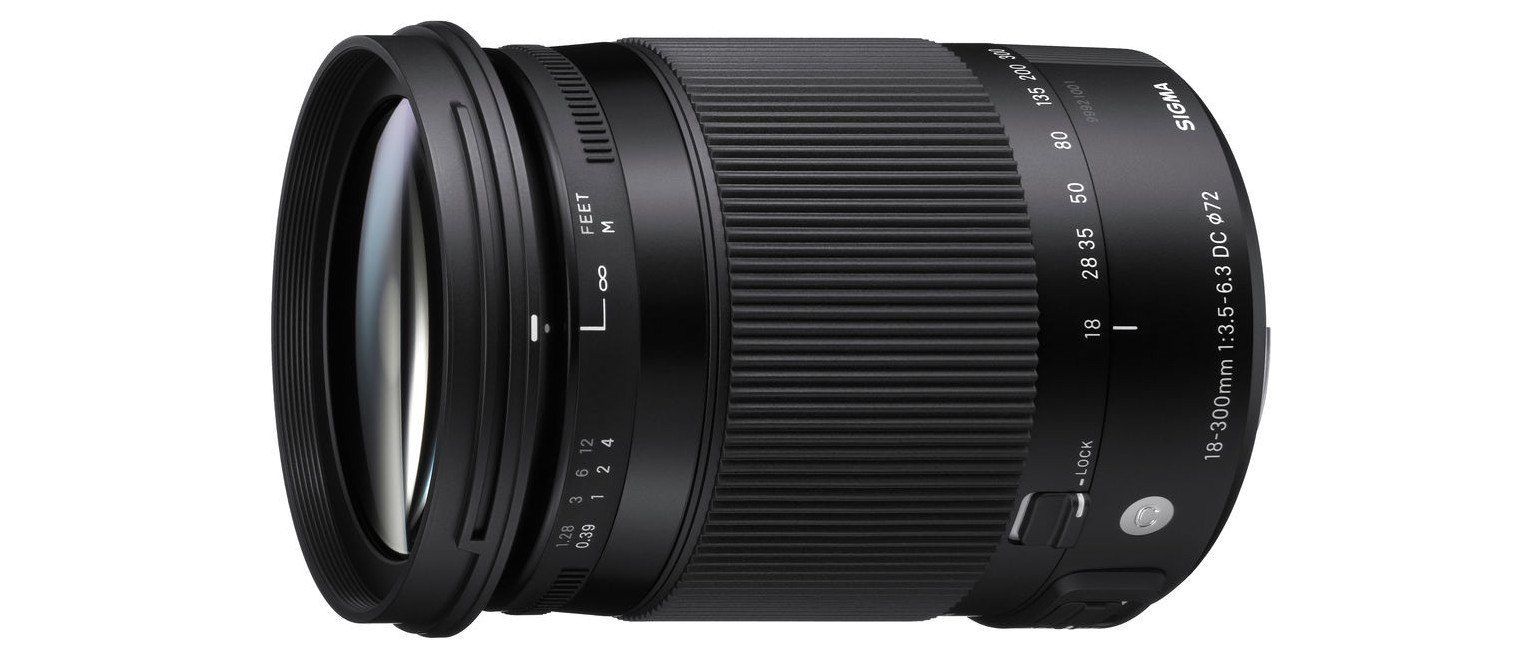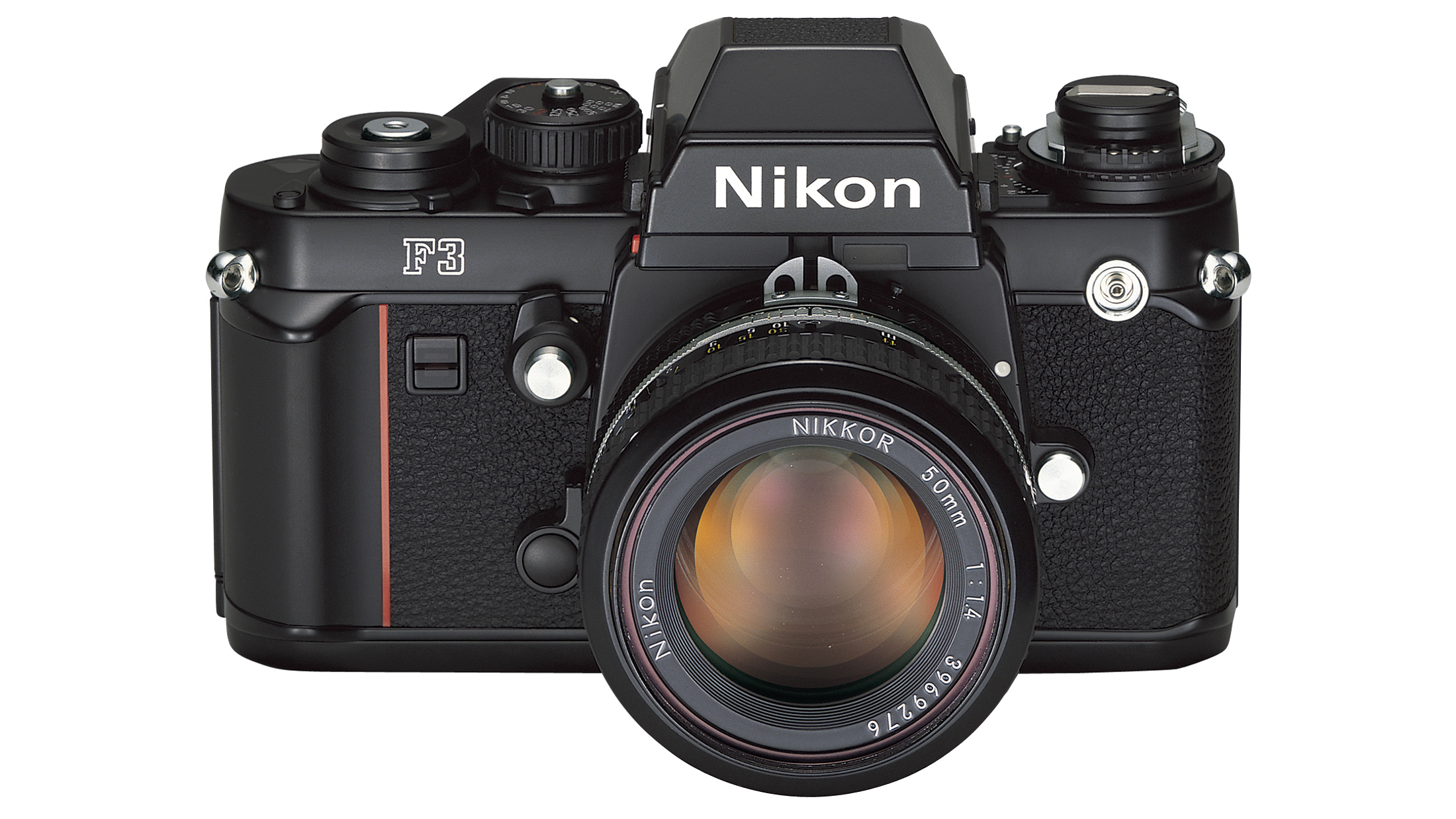Digital Camera World Verdict
So-called ‘superzoom’ lenses tend to give you a mighty zoom range at the expense of a degradation in image quality, especially when it comes to sharpness, color fringing and distortions. This Sigma superzoom for APS-C format cameras gives you a bigger zoom range than most, equating to 27-450mm in full-frame terms (28.8-480mm for Canon), while still delivering very respectable image quality, although handling could be better. All in all, it’s a very versatile lens that makes a good travel companion.
Pros
- +
Big zoom range
- +
Good image quality
- +
Good value at the price
Cons
- -
Focus ring rotates during autofocus
- -
No weather-seals
- -
Sharpness drops off at long zoom settings
Why you can trust Digital Camera World
The Sigma 18-300mm f/3.5-6.3 DC Macro OS HSM | C definitely serves a purpose. When you’re out and about for some casual shooting, a collection of spare lenses can really weigh you down. Wouldn’t it be great if you could get a single lens that stretched from generous wide-angle coverage to powerful telephoto reach, at just the twist of a zoom ring. That’s the whole idea behind this ‘superzoom’ lens.
Specifications
Mount: Canon EF-S, Nikon F, Pentax K, Sigma, Sony A
Full-frame: No
Autofocus: Yes
Stabilization: Yes
Lens construction: 17 elements in 13 groups
Angle of view: 76.5-5.4 degrees
Diaphragm blades: 7
Minimum aperture: f/22
Minimum focusing distance: 0.39m
Maximum magnification ratio: 0.33x
Filter size: 72mm
Dimensions: 79x102mm
Weight: 585g
Key features
In terms of telephoto reach, this lens picks up the baton from Sigma’s 18-200mm zoom, which is now obsolete. The larger 18-300mm lens is physically only 16mm longer at its minimum zoom setting, but has a bigger overall zoom range that stretches into super-telephoto territory on an APS-C format camera, equivalent to 450mm in full-frame terms (480mm on Canon cameras). The physical length also stretches rather more at the long end of the zoom range and it has more girth, with a 72mm rather than 62mm filter thread. All in all, it’s not such a compact lens, and is 36 per cent heavier at 585g compared with 430g.
Like its smaller sibling, the construction employs Sigma’s TSC (Thermally Stable Composite) material that’s highly resistant to size fluctuations during temperature changes. Again, there’s a metal mounting plate but no weather-seal ring. As with other Global Vision lenses, it’s compatible with Sigma’s optional USB Dock for applying customization, fine-tuning and firmware updates. Upgraded glass sees the inclusion of four top-grade FLD (‘Fluorite’ Low Dispersion) elements along with one SLD element.
The lens has an ultrasonic autofocus system but it’s motor-based rather than ring-type, with the drawback that the focus ring rotates during autofocus and there’s no full-time manual override. At least the focus ring is positioned right at the front of the lens and is easily avoided during handheld shooting.
Performance
Typical of motor-based ultrasonic systems, the one in this lens isn’t particularly speedy and is clearly audible. The optical stabilizer gives a 4-stop effectiveness, complete with auto panning detection. Sharpness is better than in most APS-C format superzoom lenses through most of the zoom range, although it drops off noticeably at the long end.
Lab results
We run a range of lab tests under controlled conditions, using the Imatest Master testing suite. Photos of test charts are taken across the range of apertures and zooms (where available), then analyzed for sharpness, distortion and chromatic aberrations.
We use Imatest SFR (spatial frequency response) charts and analysis software to plot lens resolution at the center of the image frame, corners and mid-point distances, across the range of aperture settings and, with zoom lenses, at four different focal lengths. The tests also measure distortion and color fringing (chromatic aberration).
Sharpness:
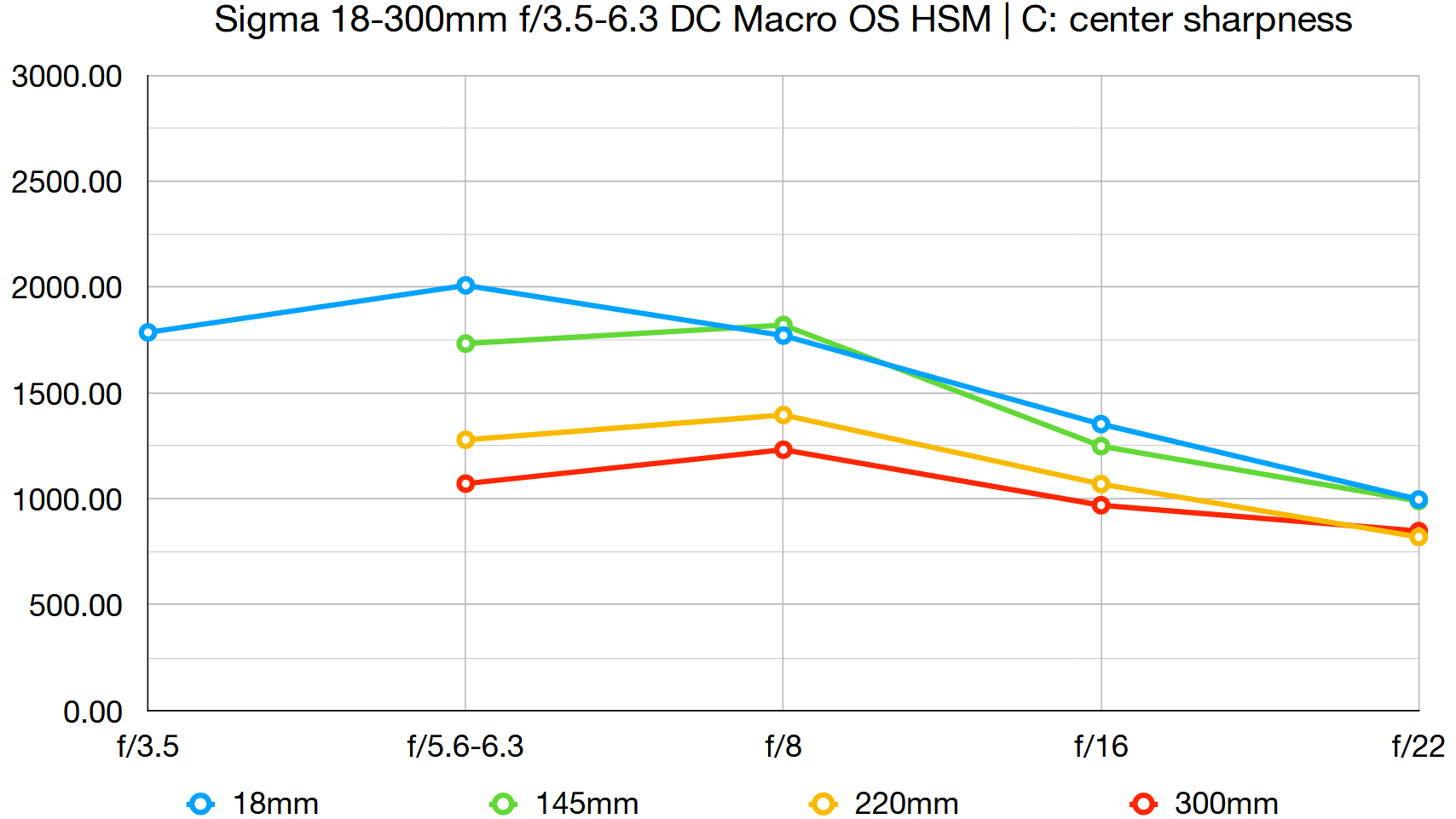
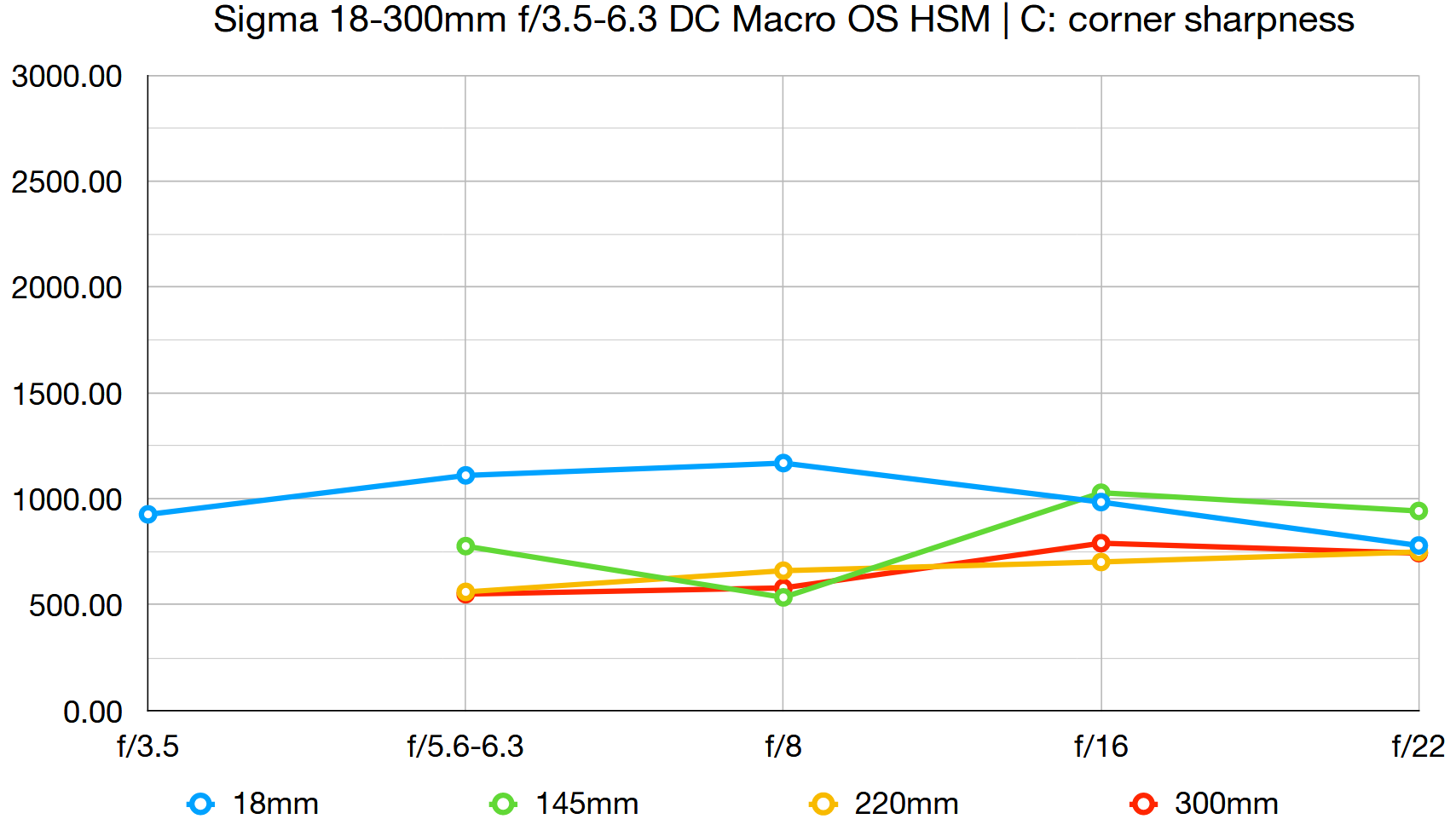
Center-sharpness is very good in the 18-145mm sector of the zoom range but more average at around 200mm and drops off towards 300mm. Sharpness towards the edges and the corners of the frame are comparatively mediocre.
Fringing:
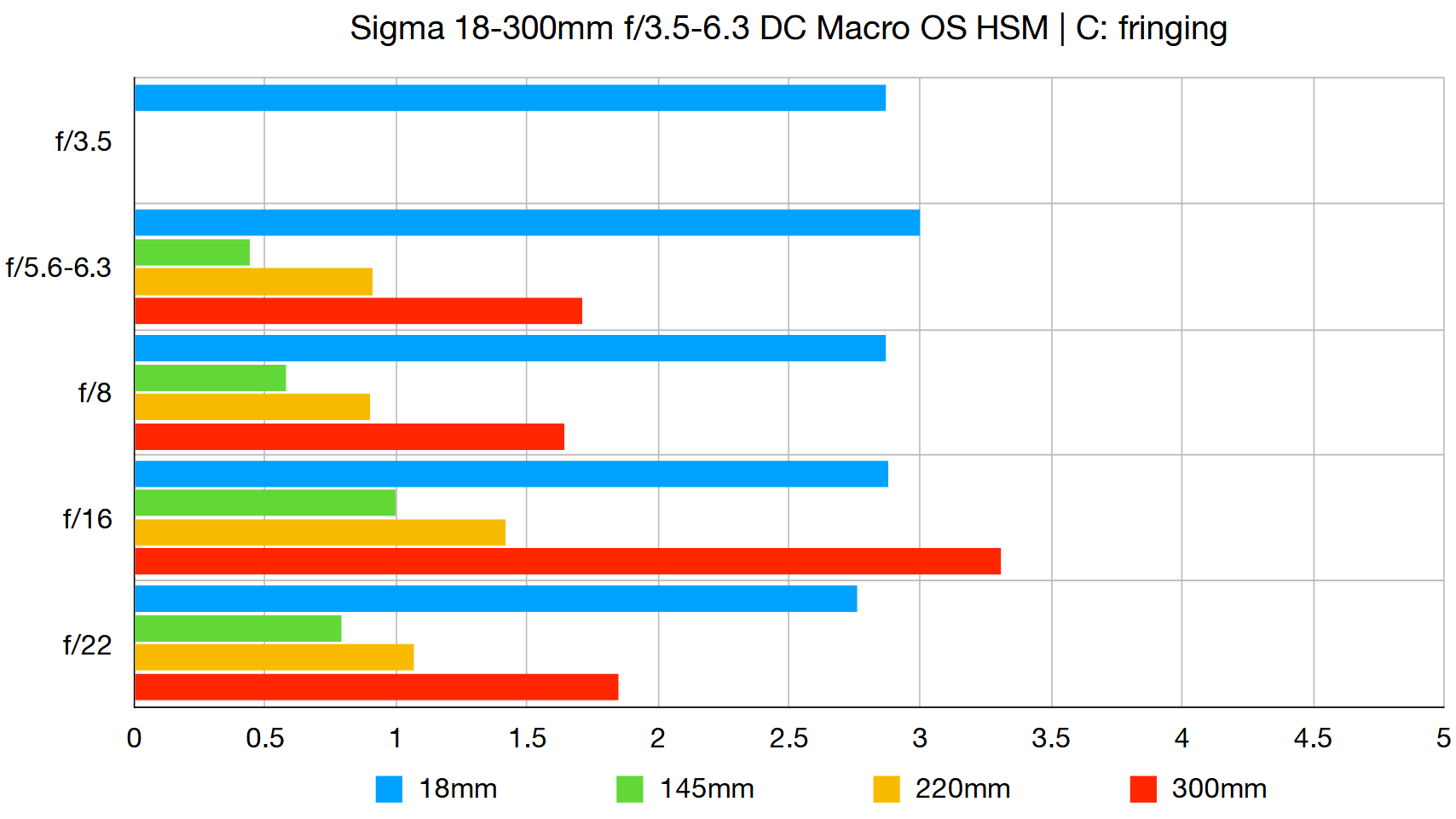
Color fringing is most noticeable at the short end of the zoom range, becoming fairly negligible in the mid-sector and rising a little again at the long end. Even so, fringing is fairly minimal for a superzoom lens.
Distortion:
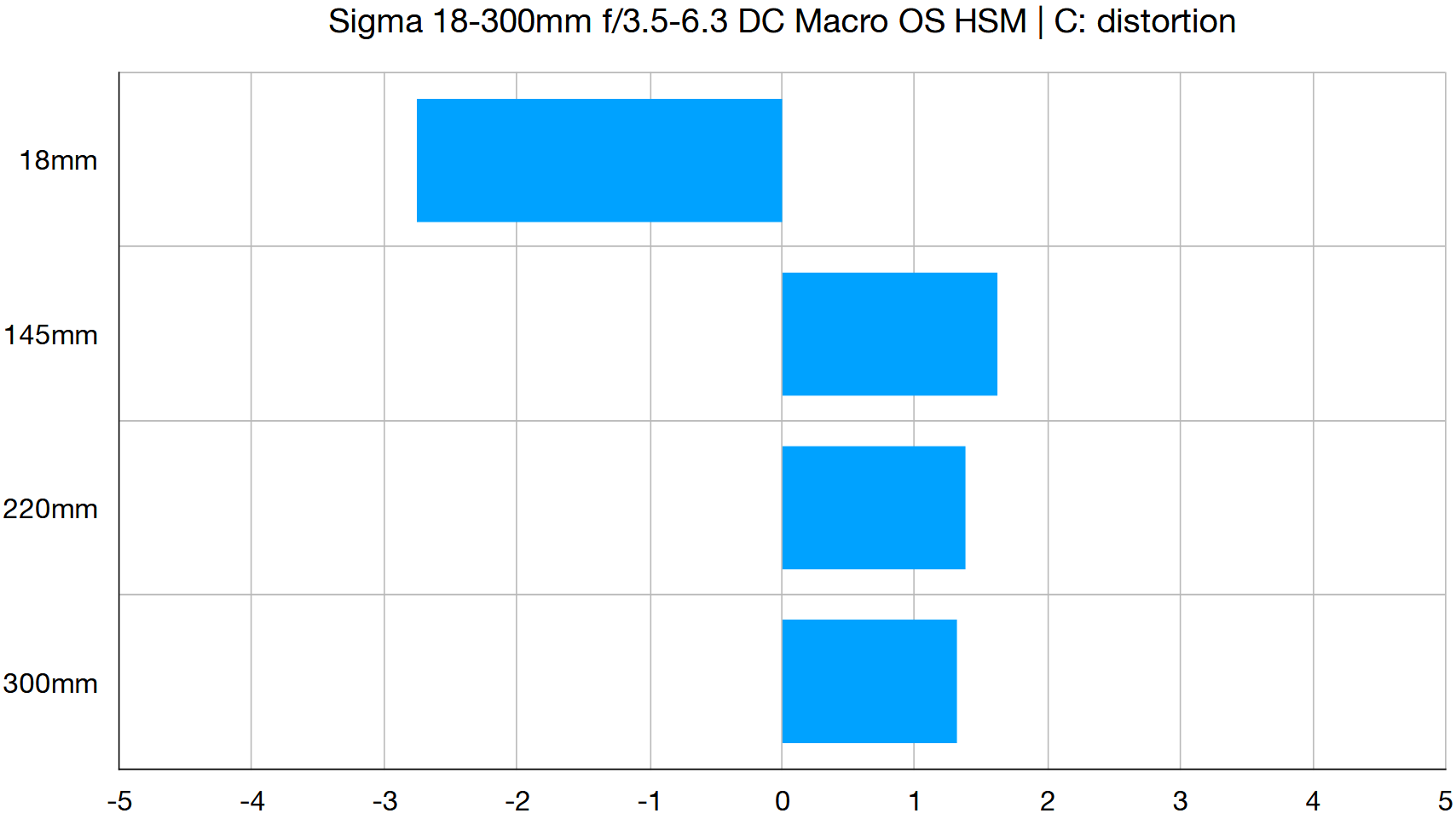
As with most superzooms, there’s barrel distortion at the shortest focal length and pincushion at most other zoom settings. However, even when uncorrected, distortions are significantly lower than in many other superzoom lenses.
Verdict
So-called ‘superzoom’ lenses tend to give you a mighty zoom range at the expense of a degradation in image quality, especially when it comes to sharpness, color fringing and distortions. This Sigma superzoom for APS-C format cameras gives you a bigger zoom range than most, equating to 27-450mm in full-frame terms (28.8-480mm for Canon), while still delivering very respectable image quality, although handling could be better. All in all, it’s a very versatile lens that makes a good travel companion.
Read more:
• Best camera lenses to get
• Best Canon lenses
• Best Nikon lenses
• Best Sony lenses
Matthew Richards is a photographer and journalist who has spent years using and reviewing all manner of photo gear. He is Digital Camera World's principal lens reviewer – and has tested more primes and zooms than most people have had hot dinners!
His expertise with equipment doesn’t end there, though. He is also an encyclopedia when it comes to all manner of cameras, camera holsters and bags, flashguns, tripods and heads, printers, papers and inks, and just about anything imaging-related.
In an earlier life he was a broadcast engineer at the BBC, as well as a former editor of PC Guide.
